Uncover cultural heritage, spark curiosities.
Curated and led by knowledgeable and experienced world travellers, our tours aim to uncover cultural heritage and spark curiosities. We do not just offer your typical tourist visits. Our tours are designed to immerse students in the local culture. You see major works of art and historical sites in-person whilst we provide historical context and analysis!

Introductions to Art History
This introductory art history course is designed to provide beginner students with a comprehensive survey of the evolution of art from antiquity to contemporary times. We decipher the ‘periods’, ‘movements’ and ‘-isms’ by which the history of Western art is conventionally structured. Through an engaging and informative journey, students will develop a fundamental understanding of art history, including key artistic styles, iconic masterpieces, and the societal and cultural contexts that shaped them.
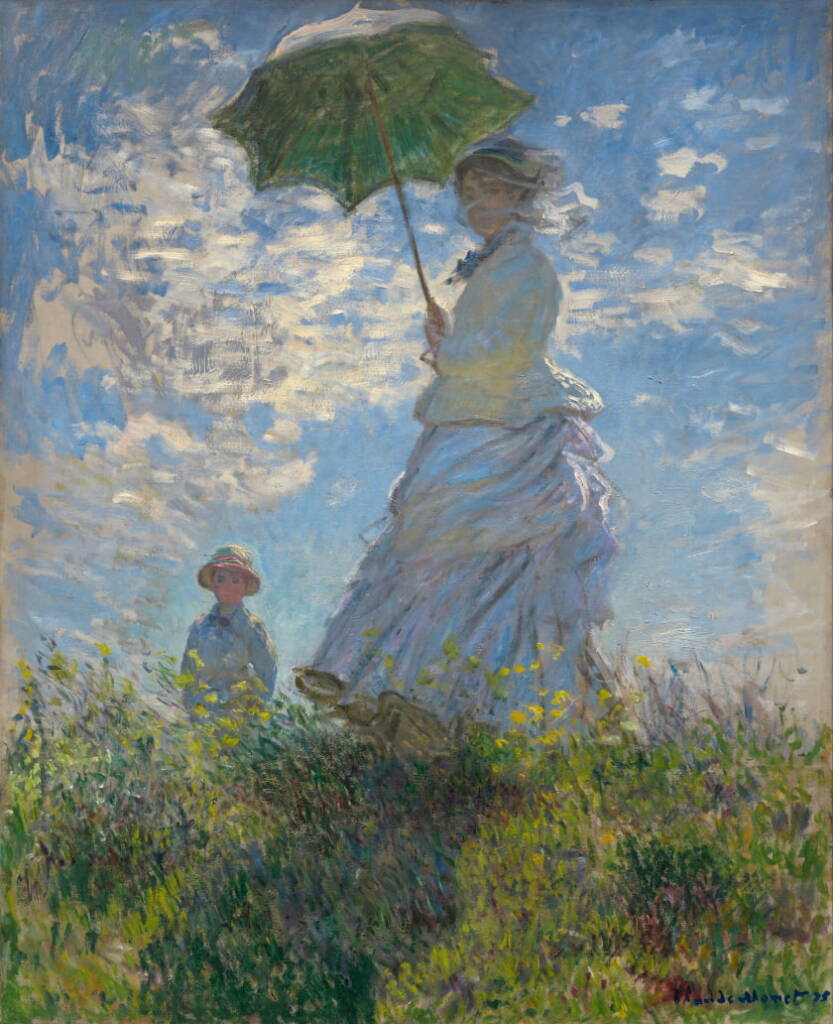
Advanced Introduction to Art History
This advanced introductory art history course is designed for students with a basic knowledge of art history who are eager to delve deeper into the intricate world of art. Modelled after the Advanced Placement (AP) Art History curriculum, this course traces the history of Western art in more detail, offering a nuanced examination of artistic styles, major artists and artworks, as well as the intricate cultural and historical contexts that define them. With a focus on fostering critical thinking and deeper analysis, this course is an ideal next step for novice learners looking to expand their understanding of Western art history.
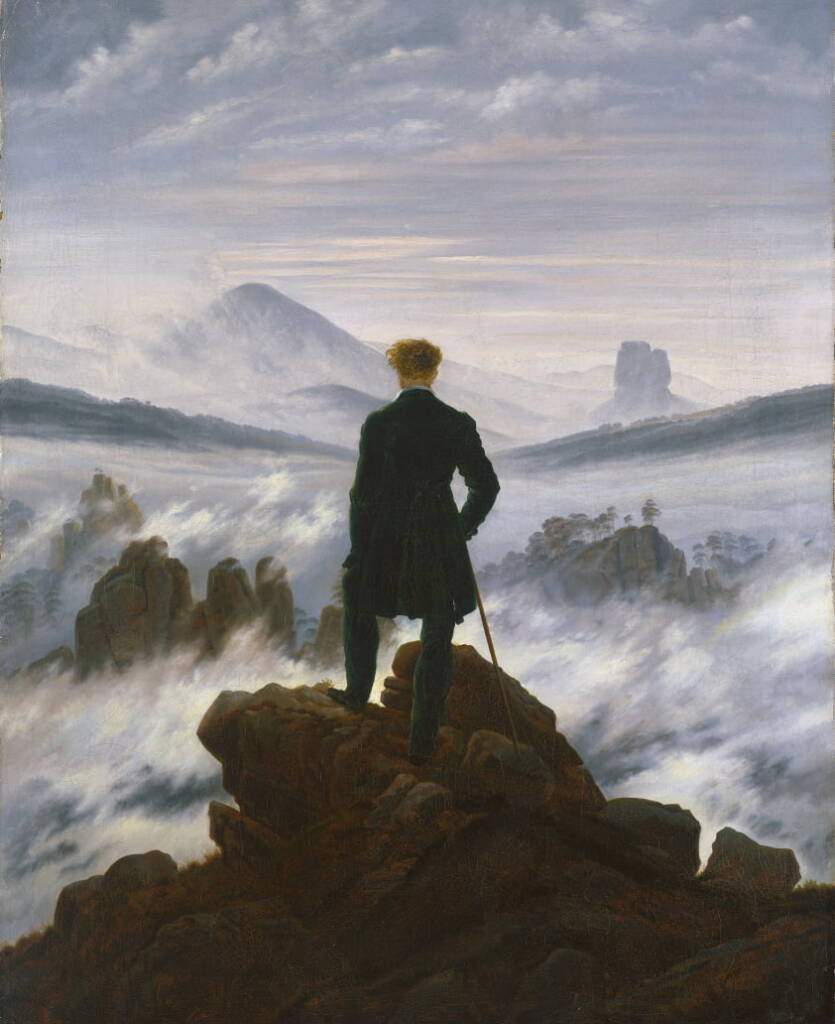
Changing Times, Changing Art: 19th Century Art and Visual Culture
This course examines the complex intersections between socio-political changes, discourses of class, labour, gender, race, (post-)colonialism, and 19th-century art and visual culture in Europe (France, Germany, Britain) and the Americas. Emphasis is placed on competing conceptions of “modernity,” considered through the lens of revolutions and national identity, industrialization and technology, urban social spaces, and changing approaches to artistic forms.
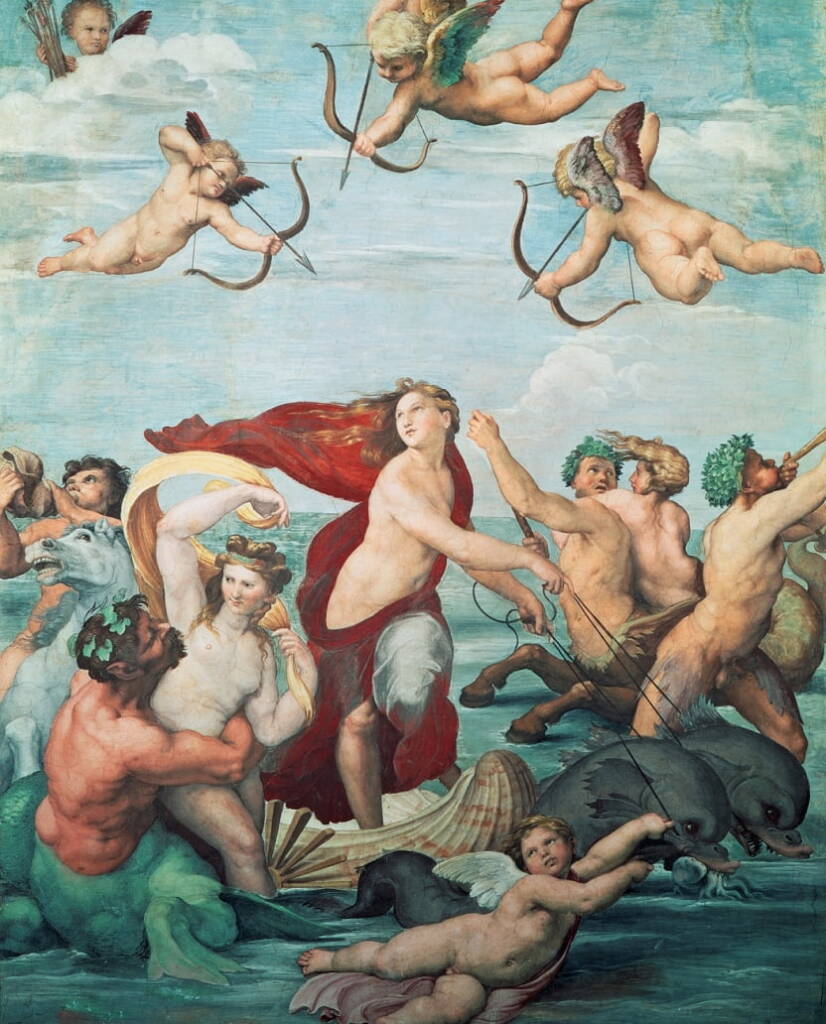
Shaping the Soul of Italy: Italian Renaissance 1250-1550
This course offers an in-depth exploration of the evolving roles of visual art and culture of the Italian Renaissance, from its origins in the late 13th century to its final segue into Baroque. Beyond renowned artists like Michelangelo and Raphael, this course also introduces lesser-known artists who played a pivotal role in making and shaping the Italian Renaissance as we know today. Through a combination of visual analysis, historical context, and critical discussion, students will gain a profound understanding of this transformative period in the history of art and its enduring influence on the modern world.
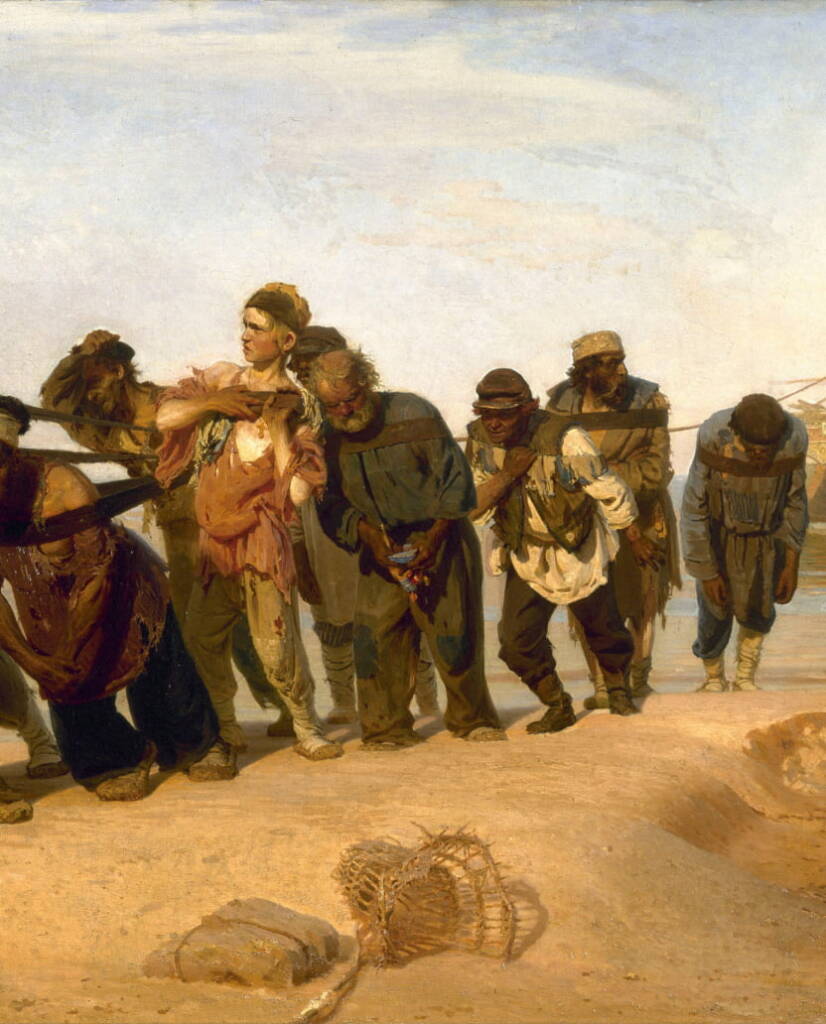
The Forgotten ‘Western Art’: Russian Art 1750-1900
This course provides an in-depth exploration of the captivating world of Russian art from 1750 to 1900, with a particular focus on the influential figures, including Ilya Repin and Vasily Surikov, who left an indelible mark on this transformative period. Examining their works in the context of the socio-historical landscape of the Russian Empire, this course offers a deep dive into their artistic contributions and their impact on Russian art as well as the global art landscape.
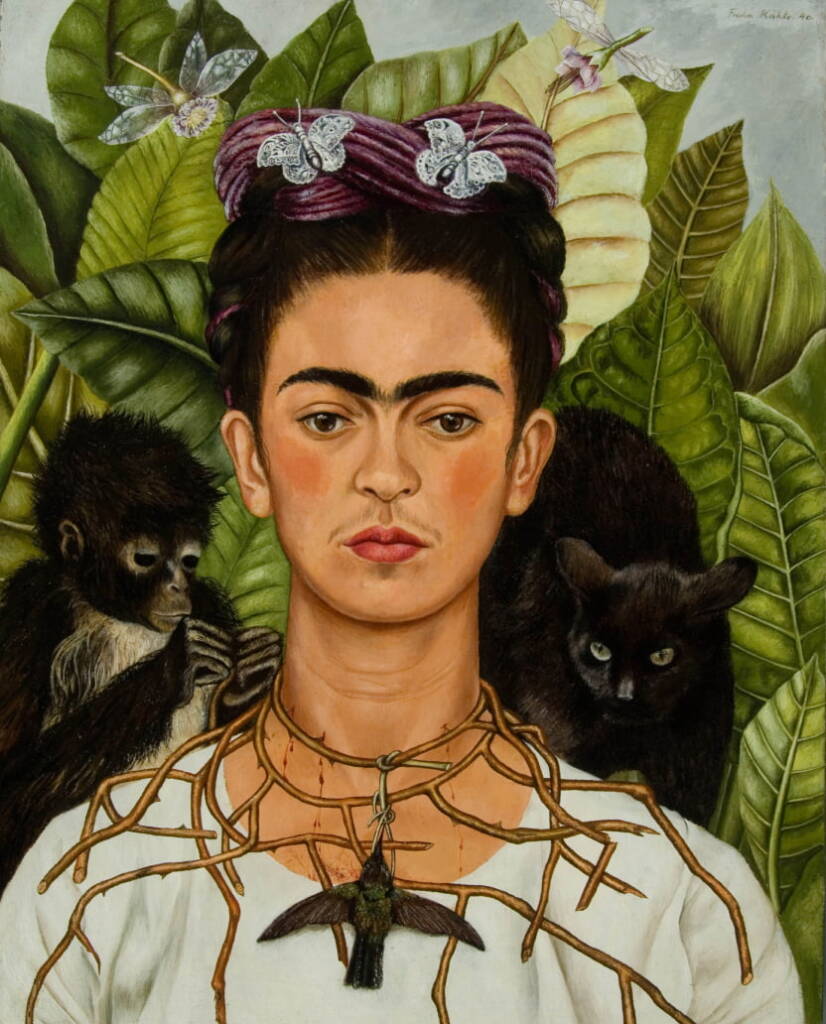
The Rise and Fall of Modernism: 20th Century Art
The 20th century witnessed an explosion of creativity and transformation in the world of art. This course offers an immersive exploration of the diverse artistic movements, influential artists, and revolutionary developments that defined the art landscape during this tumultuous and groundbreaking century. From the profound shifts in style, technique, and ideology to the social, political, and technological contexts that shaped artistic production, students will acquire a comprehensive understanding of the rich tapestry of 20th-century art, demystifying the “avant-garde” that redefined the art scene.

When Art meets Urban Commerce and the Reformation: Northern Renaissance 1400- 1550
This course delves into the examination of painting, sculpture, and graphic art during the 15th and 16th centuries in Northern Europe, namely, France, the Low Countries, Germany, and England. It places special emphasis on the prominent figures of this era, ranging from Jan van Eyck and Rogier van der Weyden to Matthias Grunewald, Hieronymus Bosch, Albrecht Durer, Hans Holbein, and Pieter Bruegel. Topics covered encompass the transition of craftsmanship into a self-reflective and intellectual art form (kunst), the evolution of oil paintings as a groundbreaking medium, the intersection of visual art with the Reformation, the influence of Italian classicism in the Northern regions, and the emergence of secular art in urban society – encompassing portraiture, landscape, and scenes of everyday life.
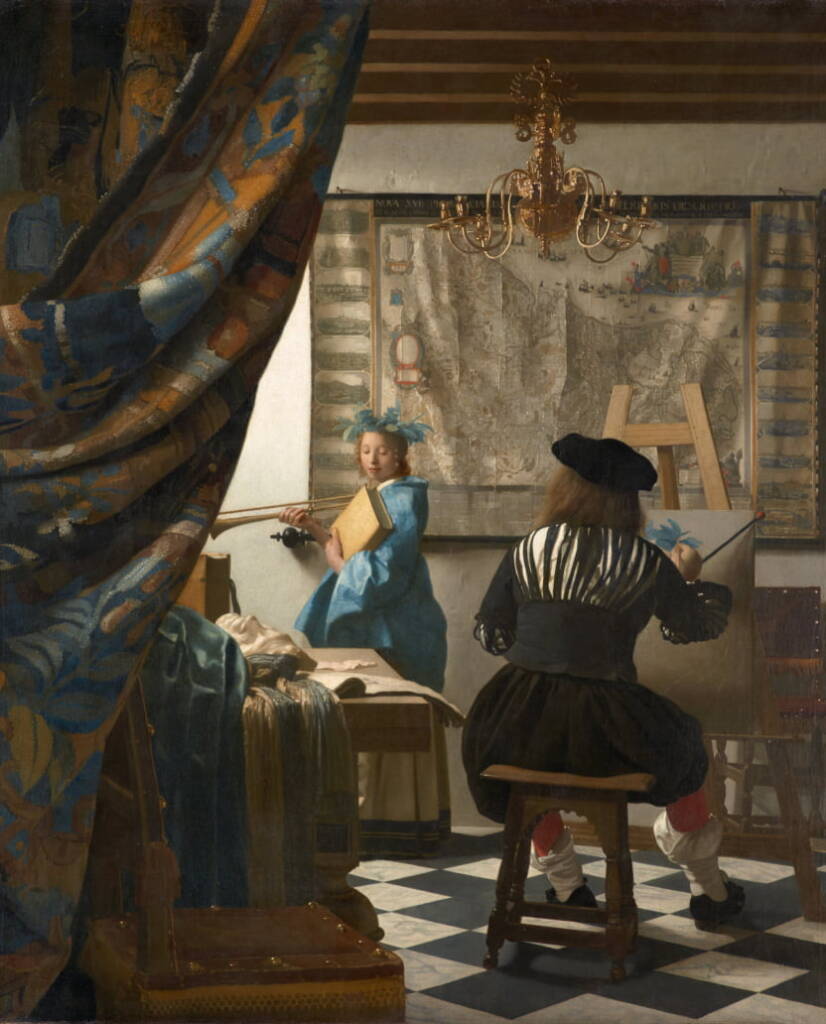
L’Age d’or: 17th Century European Art
This course is organised around the comparative analysis of the art and architectural achievements of urban and court cultures during the 17th century in Flanders, the Dutch Republic, France, and England. Topics under consideration encompass royal and courtly portraiture, including artists like Rubens, Van Dyck, and Le Brun, as well as individual and civic portraiture representing the Dutch middle classes by artists such as Rembrandt and Hals. Additionally, the course examines genre painting and the commercialisation of imagery depicting everyday life, with works by Steen and Brouwer. It explores the creation of domestic scenes in Dutch daily life, featuring artists like Vermeer, Metsu, and Ter Borch, the emergence of landscape painting exemplified by Poussin, Lorrain, Hobbema, and Ruisdael, and the utilisation of architecture and urban spaces to convey royal authority and, at times, resistance against it.
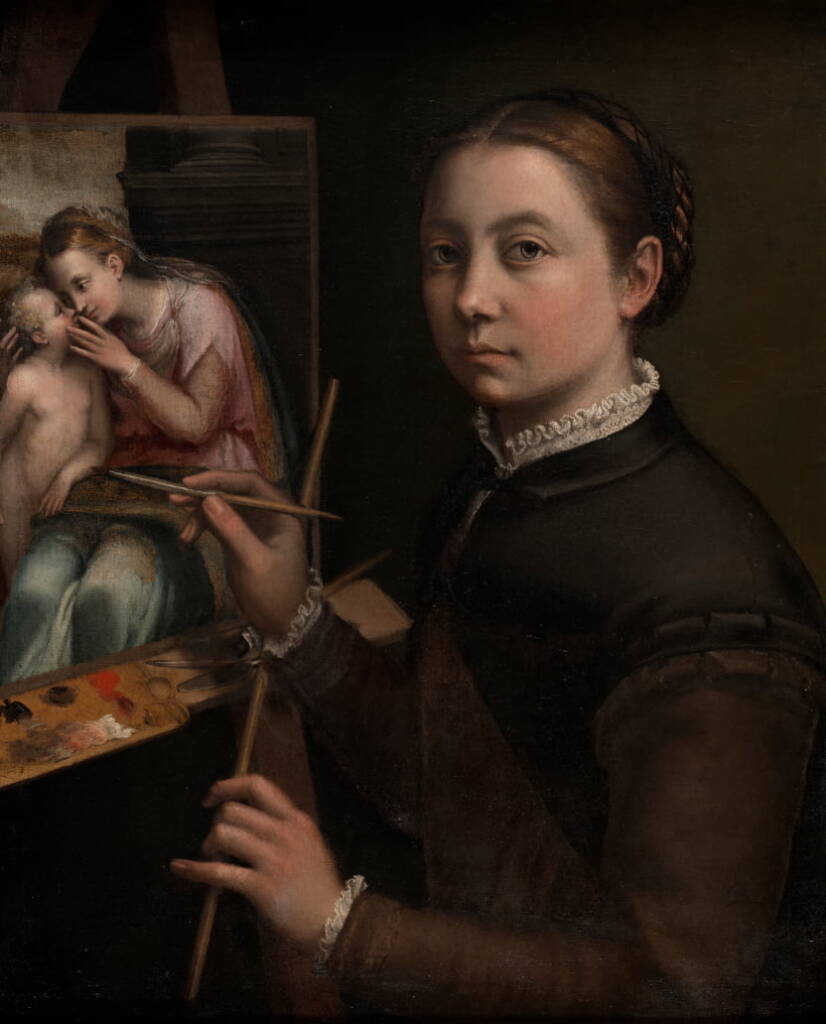
Art without Men: Remarkable Female Artists in History
What is art history like without men? This course is a captivating exploration of the remarkable female artists who defied the norms and made an ever-lasting impact in the world of art. From the Renaissance to the modern era, this course delves into the lives and works of pioneering female artists who challenged conventions, broken barriers, and enriched the artistic landscape. From Sofonisba Anguissola’s Renaissance brilliance to Elizabeth Vigée Le Brun’s Rococo elegance, and the groundbreaking Impressionism of Berthe Morisot and Mary Cassatt, to the innovative and diverse voices of Frida Kahlo, Georgia O’Keeffe, and Eva Hesse, students will explore the lives and art of these trailblazing women.
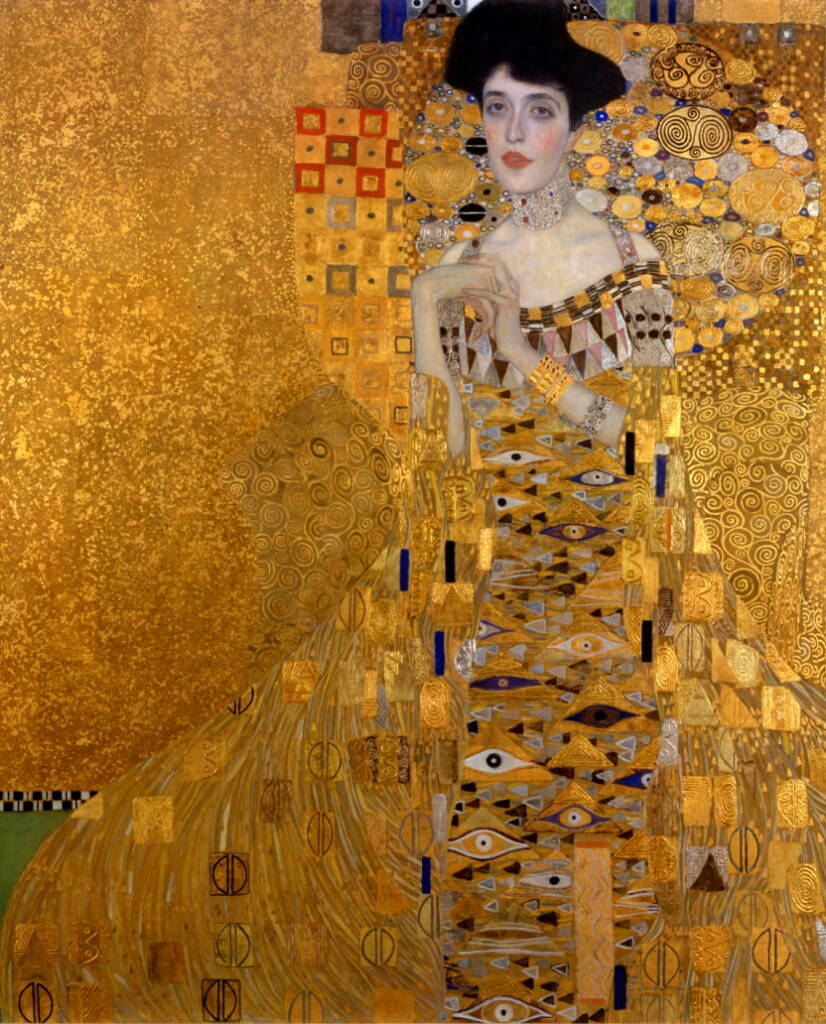
A Nervous State of Affairs: Art in Vienna and Weimar Germany
As a tottering Austro-Hungarian Empire worked at its decorative façade and high society waltzed on regardless, new impulses were simmering beneath the surface in fin-de-siècle Vienna. From Gustav Klimt’s glittering imagery to the visual angst of Oskar Kokoschka and Egon Schiele, there is plenty to analyse in the turn-of-century Vienna. On the other side of the border, the Weimar Republic was also undergoing drastic social changes and a dizzying variety of cultural expressions. We revisit the turbulent era that nonetheless set the standard for creative progress, a century ago: from Expressionism’s last breath to the sober outlook of die Neue Sachlichkeit; landmarks of Bauhaus design; architecture, painting, photography and cinema. Everything was in the mix of this fertile ground, abundant in contradictions and where all that glittered was not gold.

